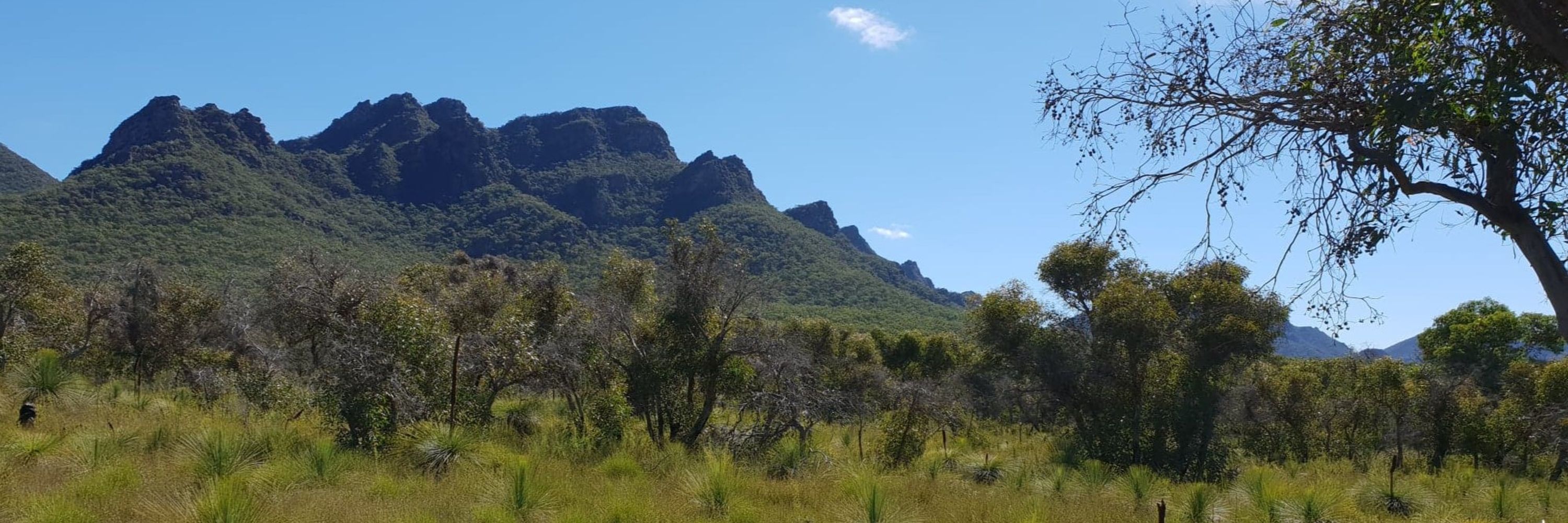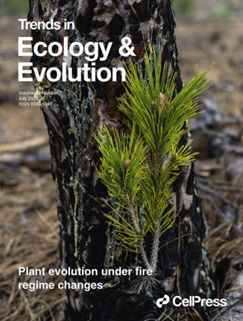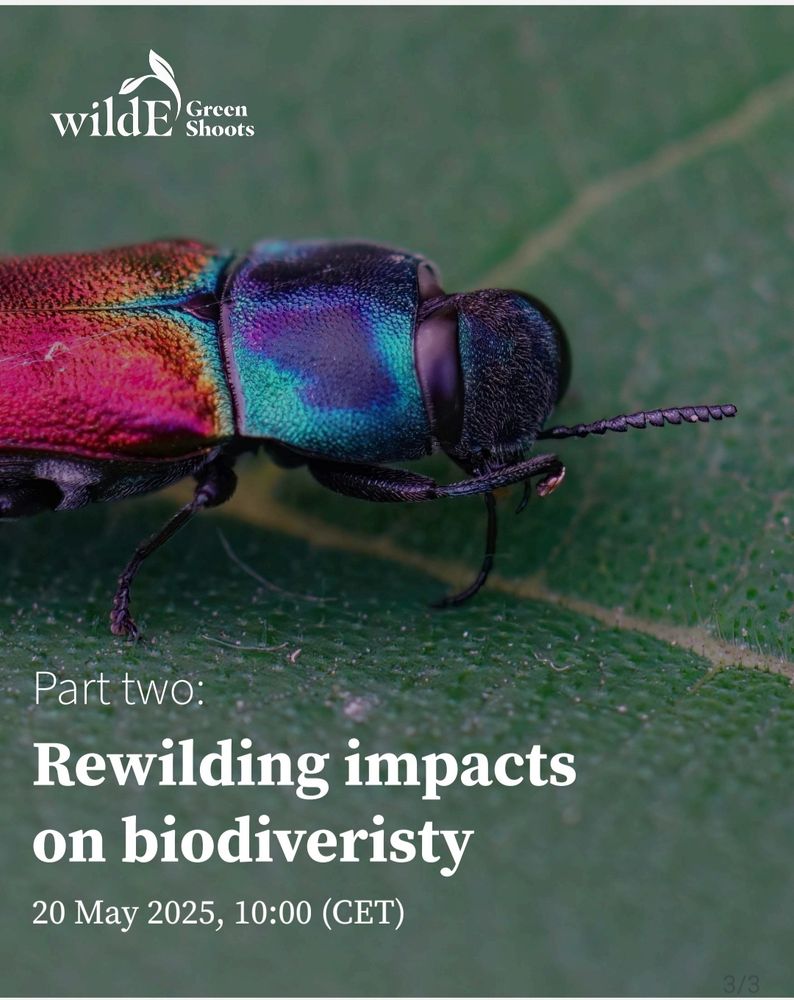
Postdoc at CREAF, interested in plants, fire, and finding good ways to look after the earth and its creatures.
🔥 Key mechanisms that regulate how populations respond to fire regimes, shared across taxa.
🔥 Key fire-related functional traits.
🔥Trait expressions that make species populations more vulnerable, or resilient to fire regimes.
🔥Interactions between fire and other threatening processes.
Reposted by Tom Le Breton

@ltkelly.bsky.social @lluisbrotons.bsky.social @urbanfrogger.bsky.social @cristinaaponte.bsky.social , Lauren Ponisio, Stephen Mason, and David Keith!
onlinelibrary.wiley.com/doi/10.1111/...
Reposted by Ella Plumanns‐Pouton

Reposted by Rachael H. Nolan
Title: "After the fires: Plant responses and resilience under shifting fire regimes"
📖 Submit by 30 Sept 2025.
🧪 Details 👉 www.publish.csiro.au/bt/content/C...
#Fire #Botany #Plantscience

Consider submitting to this exciting Special Collection in @ausjbotany.bsky.social ! 🔥🌱
Reposted by Juli G. Pausas, Ella Plumanns‐Pouton

Our new paper is out in the July issue of @cp-trendsecolevo.bsky.social
📖 www.cell.com/trends/ecolo...
with Hoffmann, Nitschke & @jgpausas.bsky.social
#fireecology #PlantBiology #ecoevo 🔥🌿🧬
🔥 Key fire metrics used in ecological research to inform fire regime attributes, that can be energetic, temporal, or spatial
🔥 Demonstrate existing ambiguity
🔥 Suggest working definitions, and provide example applications of fire metrics based on ecological processes of interest.
We hope that this paper is useful to interpret, apply, and scale fire-related ecological knowledge across ecosystems and continents.
Reposted by Michael A. Wulder, Brian J. Harvey, Sarah C. McColl‐Gausden

Originally “sparked” from a conversation between @sarahmccg.bsky.social , Luke Collins , @brian-j-harvey.bsky.social , Meg Krawchuk and I. besjournals.onlinelibrary.wiley.com/doi/10.1111/...

1) How fire regimes have been altered by recent pressures
2) Interactions between fire, dispersal, and trophic complexity
3) Approaches to define “restored” fire regimes
4) A general pathway for restoring fire regimes through ecological processes
5) Key challenges and opportunities
We need action to restore fire patterns, including trying new approaches.
We explore how recovering important ecological processes (known as rewilding in the Northern hemispheres), may be promising to restore fire patterns
Reposted by Adrián Regos

🔥 🔥 New Paper Out! 🔥 🔥
@adrianregos.bsky.social @bakxbakx.bsky.social @fmoreira65.bsky.social @lluisbrotons.bsky.social and our other co-authors explore this
www.sciencedirect.com/science/arti...
Reposted by Ella Plumanns‐Pouton

Title: "After the fires: Plant responses and resilience under shifting fire regimes"
📖 Submit by 30 Sept 2025.
🧪 Details 👉 www.publish.csiro.au/bt/content/C...
#Fire #Botany #Plantscience
Reposted by Ella Plumanns‐Pouton

A group of wonderful and dedicated people who work to make this world a better place 🦉🌳📈🐦
Reposted by Ella Plumanns‐Pouton

Listen here: fireecology.org/feco-podcast...

about it. If you have a spare 10 minutes, listen to hear more about Chika's thesis.
article: link.springer.com/article/10.1...
Reposted by Ella Plumanns‐Pouton

🔥Functional Ecology author @ellapouton.bsky.social chats to us about her research article, 'How do intervals between fires influence canopy seed production and viability?'
👂Listen here
👉https://buff.ly/4ggNtlW
🧪🌍

Reposted by Ella Plumanns‐Pouton

🔥Functional Ecology author @ellapouton.bsky.social chats to us about her research article, 'How do intervals between fires influence canopy seed production and viability?'
👂Listen here
👉https://buff.ly/4ggNtlW
🧪🌍



5 of us from @creaf.cat will be delivering a 2-part series on the role of disturbance in rewilding and the impact of rewilding on biodiversity.
Find out more and register for the webinars: bit.ly/3C169rR
Reposted by Silvia Matesanz, Jesús Villellas, Ella Plumanns‐Pouton

Published in a "low-impact" journal @ecosistemas-aeet.bsky.social
www.revistaecosistemas.net/index.php/ec...
🧪🌍🌿🌾🌱


@ecolsocaus.bsky.social
in jus a blink of an eye. Looking forward to learning and catching up with folks! I'll be presenting Thursday arvo in the Wildfire Futures symposium: Interdisciplinary challenges and Opportunities.


